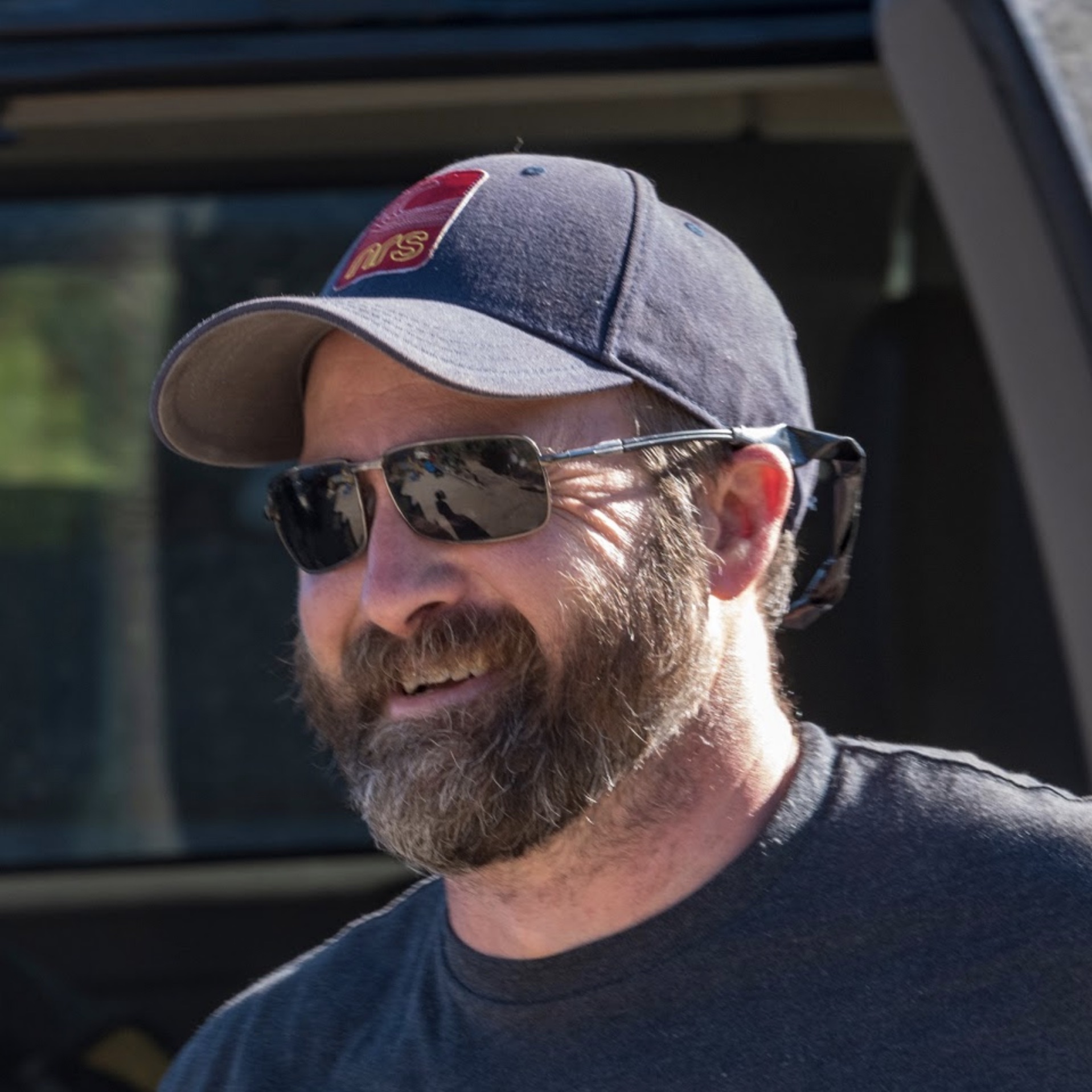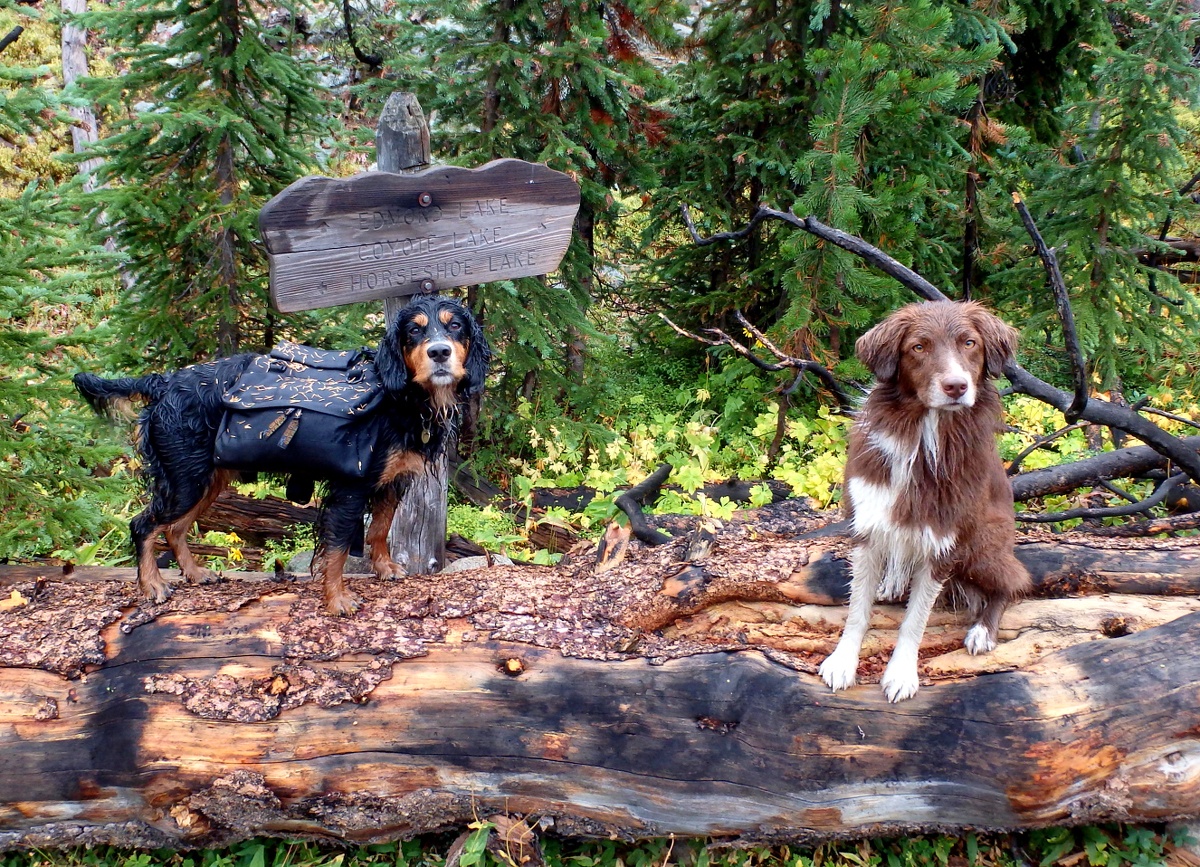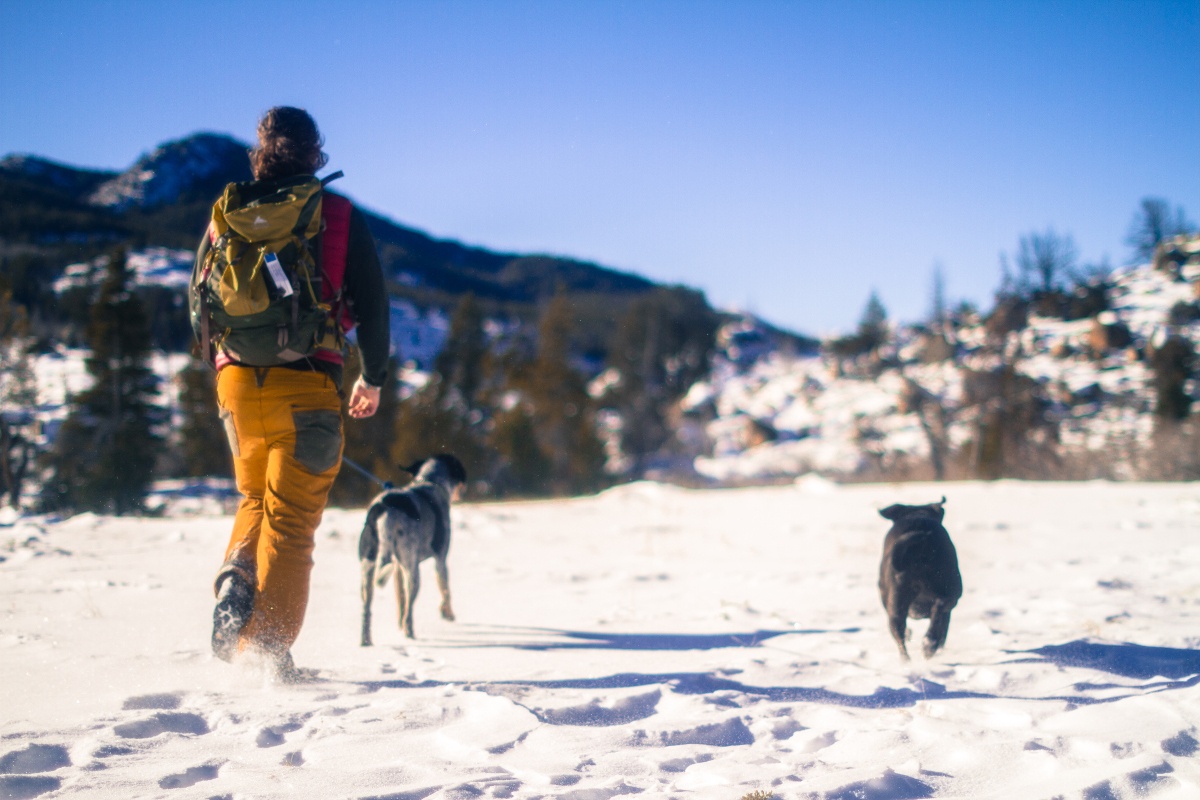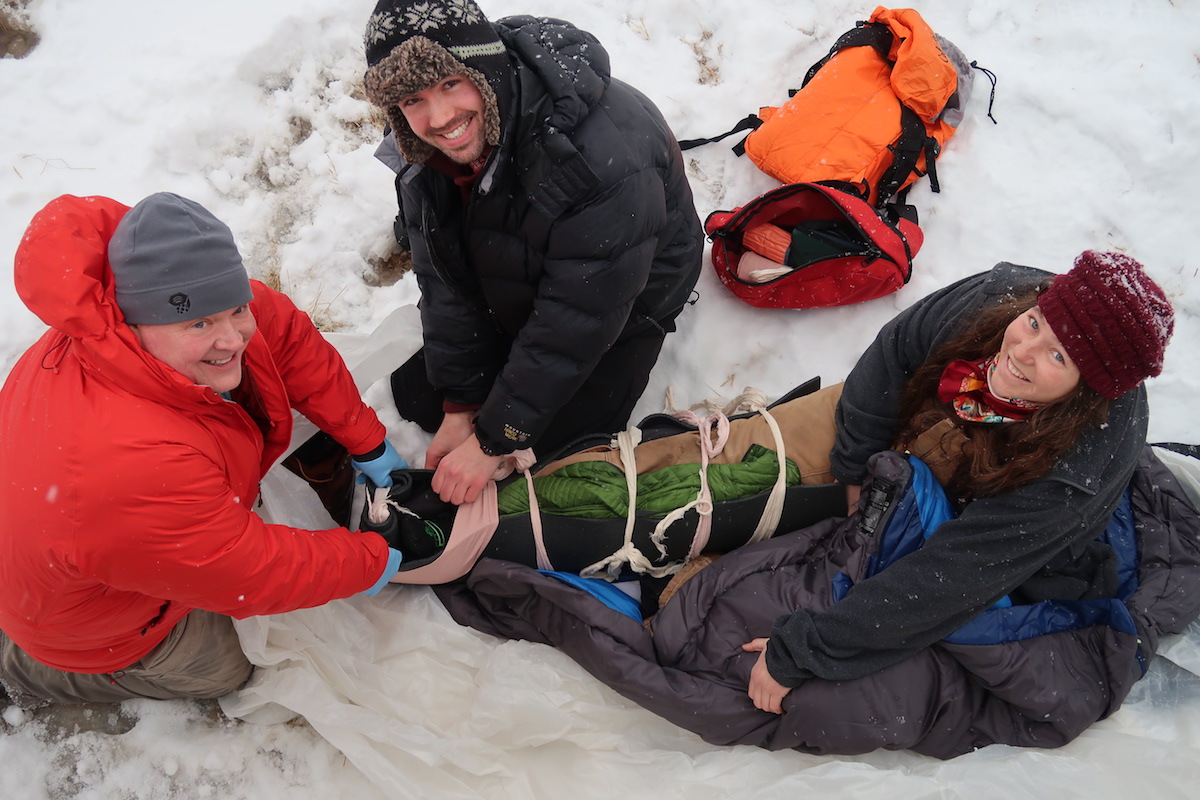
At age 41 I have repented of some of the bad behavior of my youth. No longer will I leave fish around the tents of my friends when we camp in bear country. Nor will I begin my pre-trip safety talks with the phrase, “What could possibly go wrong?” And, if possible, I will read the rapids and then run them instead of running them and reading about them later in camp when I finally find the guidebook.
To this end, or rather, new beginning, I enrolled in a Wilderness First Responder course with NOLS this spring.
I arrived at the nine-day WFR (or “Woofer”) in Spearfish, South Dakota on one of the coldest March mornings on record. The temperature was 15 below zero with a twenty mile an hour wind. This would be typical weather for the first few days of the course. Naturally, the instructors informed us that many of the medical scenarios would be staged outside.
With our two instructors, we saw a good cop/bad cop style of instruction—though it might be more accurate to say that our “bad cop” Mark Crawford, a former pararescue medic, was more like a mustached, wisecracking uncle. Jared Steinman, by contrast, taught with a Socratic questioning method so soothing that, at times, it felt like ASMR.
I was not the oldest person in the class—that distinction belonged to Frank, a 68-year-old Devils Tower climbing guide—though I was one of the older of my 24 classmates.
We were there for different reasons: Some of us were guides, some were in law enforcement or search and rescue, and some were just recreationists. Though a few of us were local to the area, many had come from out of state, including a high school student from Texas.
Instruction began immediately following introductions. We received a thick NOLS Wilderness Medicine book and a thinner handbook. Jared and Mark took turns in front of the class and alternated between direct instruction, notes, and practical medical scenarios and demonstrations. We learned the 1-2-3-4-5 of the scene-size up, followed by A-B-C-D-E of the initial assessment. For the next nine days, three letter acronyms and mnemonic devices became our language.
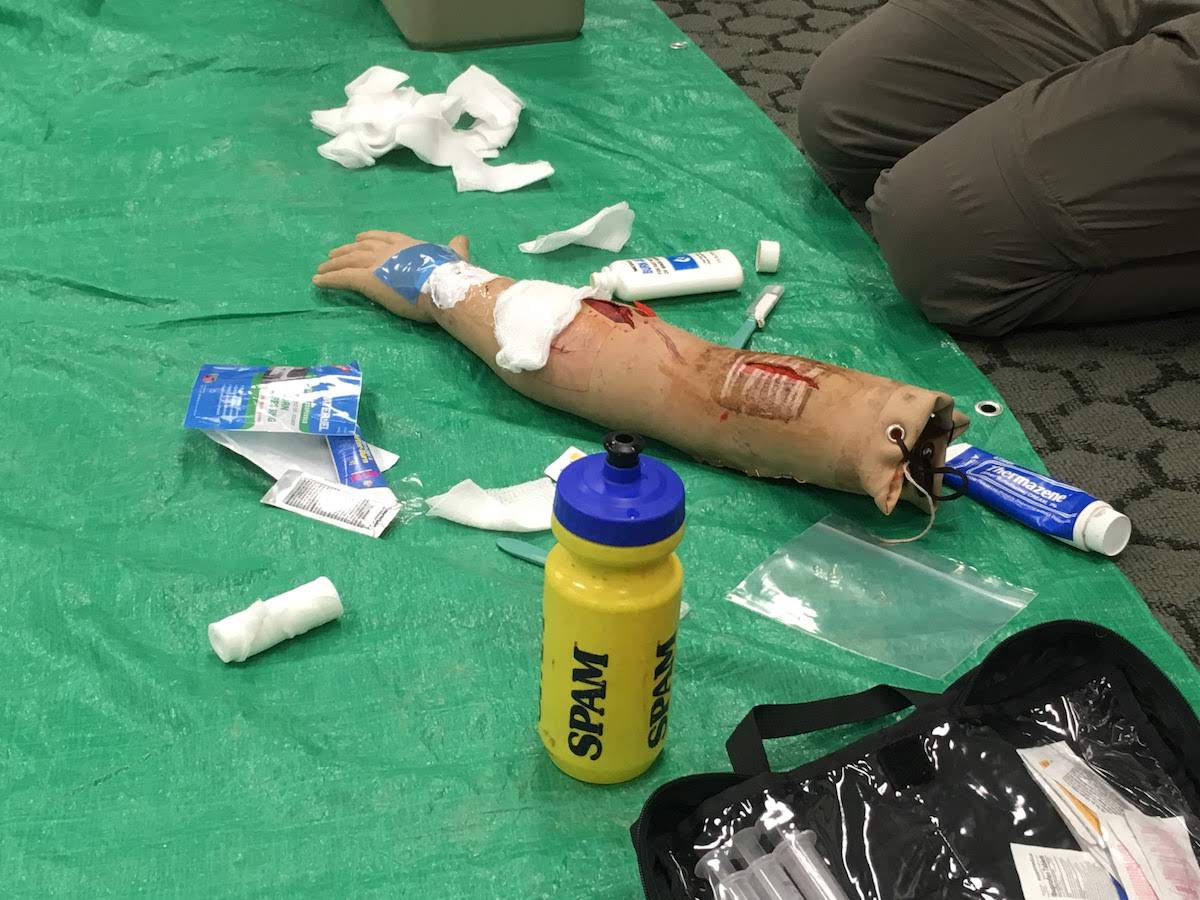
We fumbled and flailed through our first scenarios as we took turns being patients and responders. All of us said the wrong things and did the wrong things. Patients who were left on their backs died rock star deaths, inhaling their own vomit. Epi-pens were administered unnecessarily. I think I tried to start CPR on a breathing patient.
We tried to be fast, which just made us clumsy.
Mark reminded us that in the wilderness “Seconds don’t matter and minutes seldom do.” In other words, be good first; you can learn to be fast later.
Many of the scenarios involved complications, such as allergies and medications or underlying conditions that could affect the patient’s outcome and could only be discovered by a systematic and thorough assessment.
This thoroughness, I realized, was the most important lesson of the class. Going step by step was what allowed people to make the right decisions when things went wrong.
And there were just so many things to do right. The instructors would enforce this by snatching up gloves and cold-weather gear that were left on the ground or foam mats that were left unattended. The temperature was not a simulated part of the scenario; it was actually brutally cold, so our patients suffered, really suffered, if we did not get them into a sleeping bag or otherwise keep them warm.
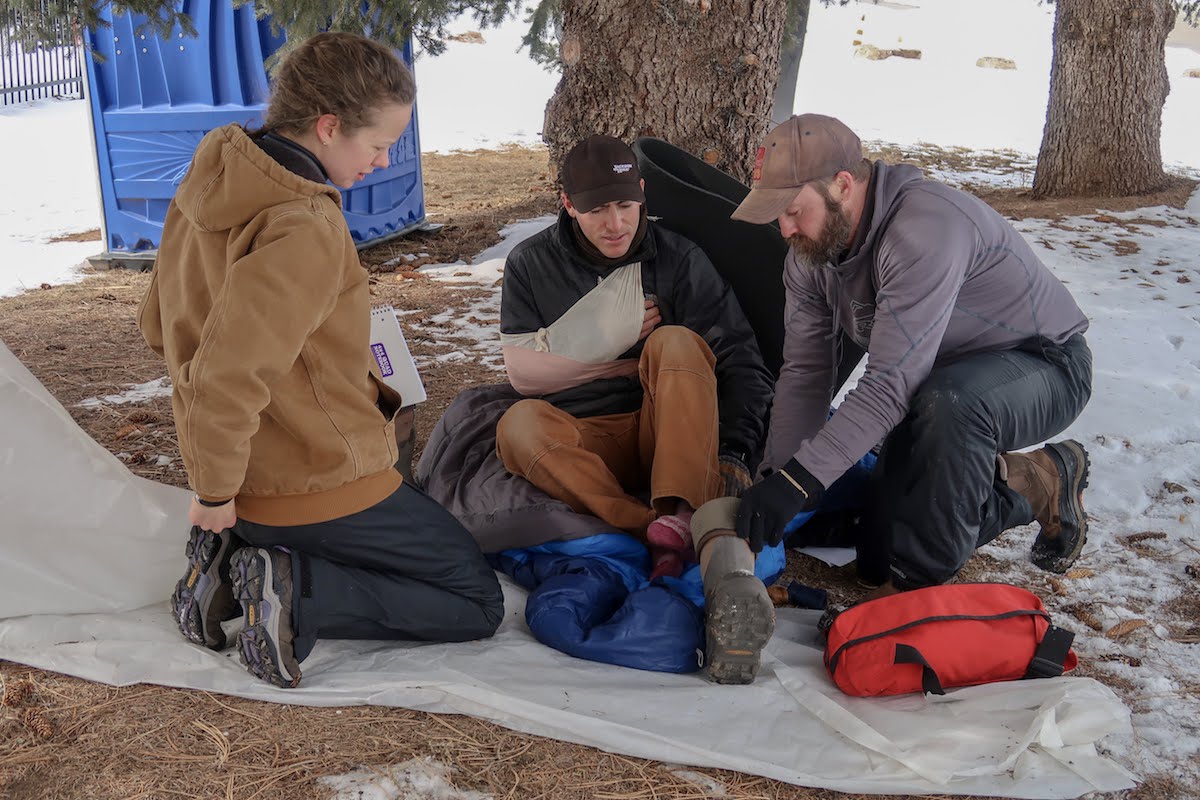
After all day in class, I would go home and perform scenarios on my wife and children. My 10-year-old son, who is far more into super heroes than the outdoors, was really interested in the saving-the-day aspect of my training. He concocted some really wicked scenarios with crazy complications that frequently alluded to Avengers characters.
So much of the wilderness experience involves factors beyond our control, and so the class revolved around controlling everything that we could. Where a hospital or ambulance had a warm gurney, we had a tarp and a sleeping bag. Where a hospital had medical records, we had questions. Where a hospital had medical equipment, we had camping gear. We learned to improvise splints and bandages. And we learned that wilderness emergencies often come down to one choice for the patient: evacuate or not evacuate.
When we practiced evacuating patients, we had to work as a team. This required us to take on different roles and for someone, but not everyone, to become the group leader.
An “avalanche” on the snow-covered bleachers in the nearby football stadium left three patients badly injured. The leaders coordinated the rescue while the rest of worked on patient care and then patient evacuation. For two of the patients we couldn’t rule out spinal injury, so we had to figure out how to move them to the helicopter landing zone while protecting their spines from further injury.
Later in the week, we did a night hike into the woods to perform a wilderness scenario. We are sworn to secrecy involving the details of the scenario. Suffice to say, for this scenario, we were given limited supplies while expected to keep a patient comfortable and stable for several hours. Naturally, there were a few twists, as complicating factors were the rule rather than the exception.
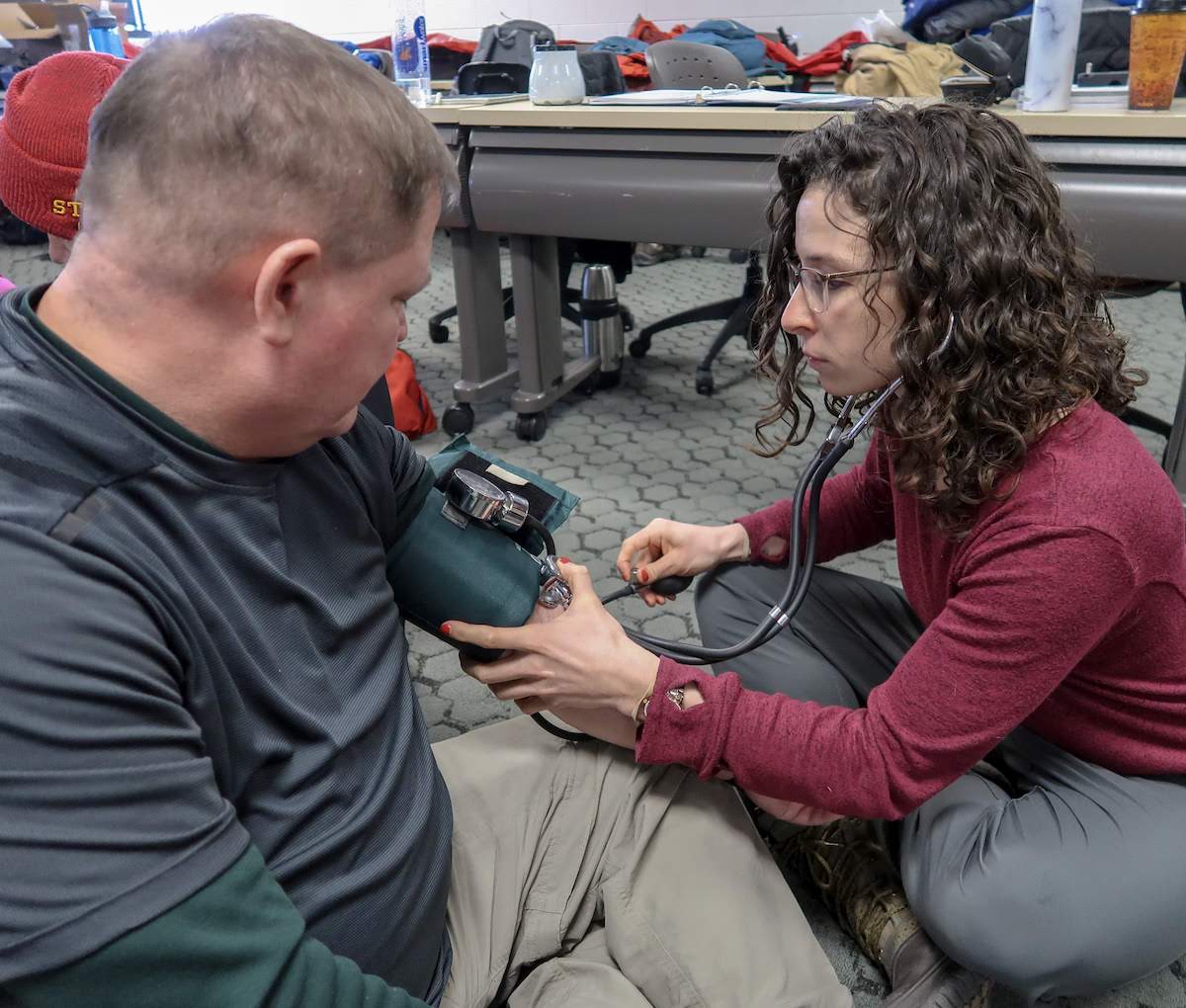
One pleasant surprise was how much we all bonded in a short amount of time. In caring for “patients” and being one of those “patients,” we were alternately responsible for and vulnerable to our classmates. After the first day of the course, I overheard one college student breathlessly explaining her anxiety about touching other people and being touched by them, wondering, aloud if there were some scenarios that she could just watch. But by the end of the class she was taping up ankles and conducting full body exams with ease.
Caring for fellow humans in the outdoors seems to bring out the best in people. It somewhat erases the distinctions of male/female, old/young, rich/poor, student/teacher.
By the end of nine days, strangers were friends. And on the final test day we rooted for each other. To become certified, we took a written and a practical exam. The written exam was 100 multiple choice questions and the practical exam was performed in teams. Everybody passed.
Officially, we all now carry a WFR certification,
Unofficially, we also wear a small, invisible “Woofer” cape that will tug on our neck when someone is need of care.
Find a Wilderness First Responder course in your city.
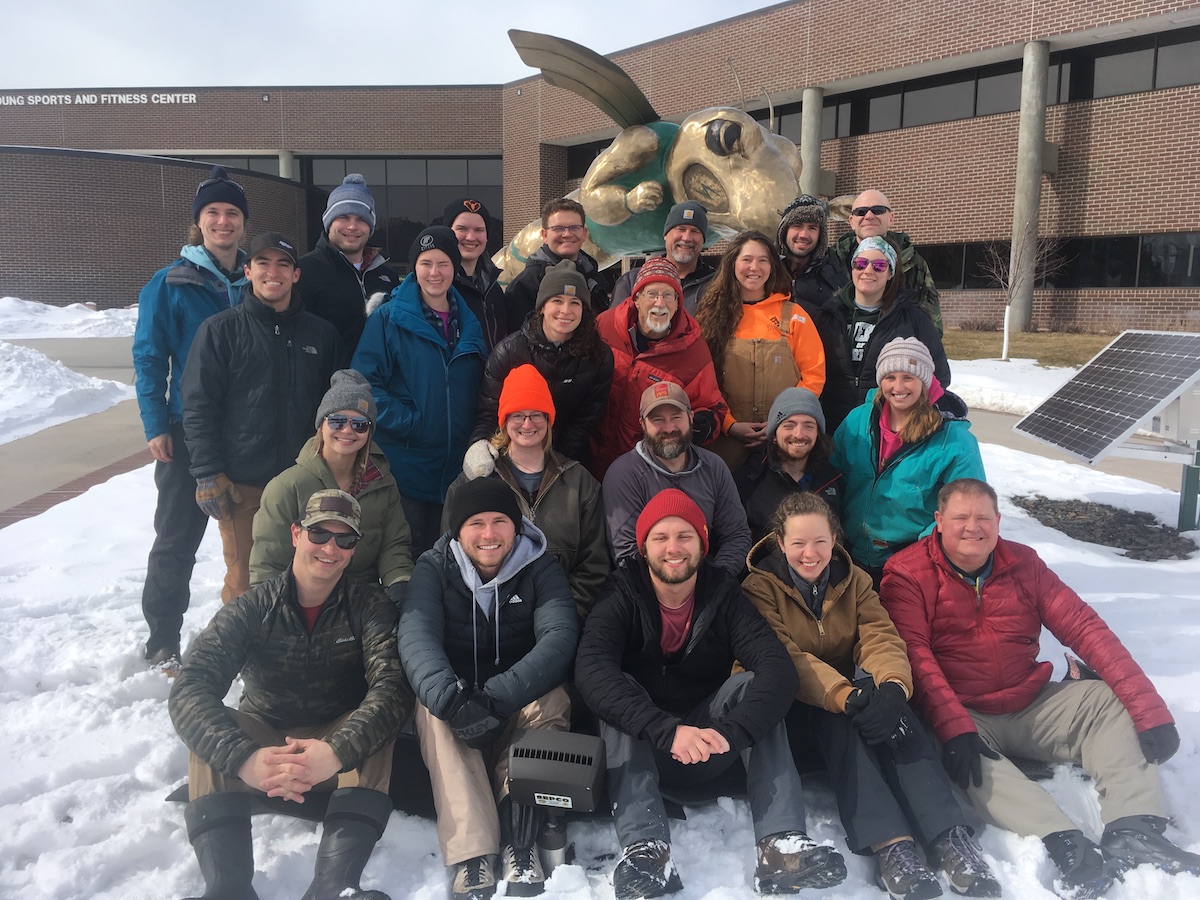
Written By
Eric Johnson
Eric Johnson writes and teaches in South Dakota, a state with very little whitewater, so he drags his wife and three children to the Mountain West. They love it—mostly.


